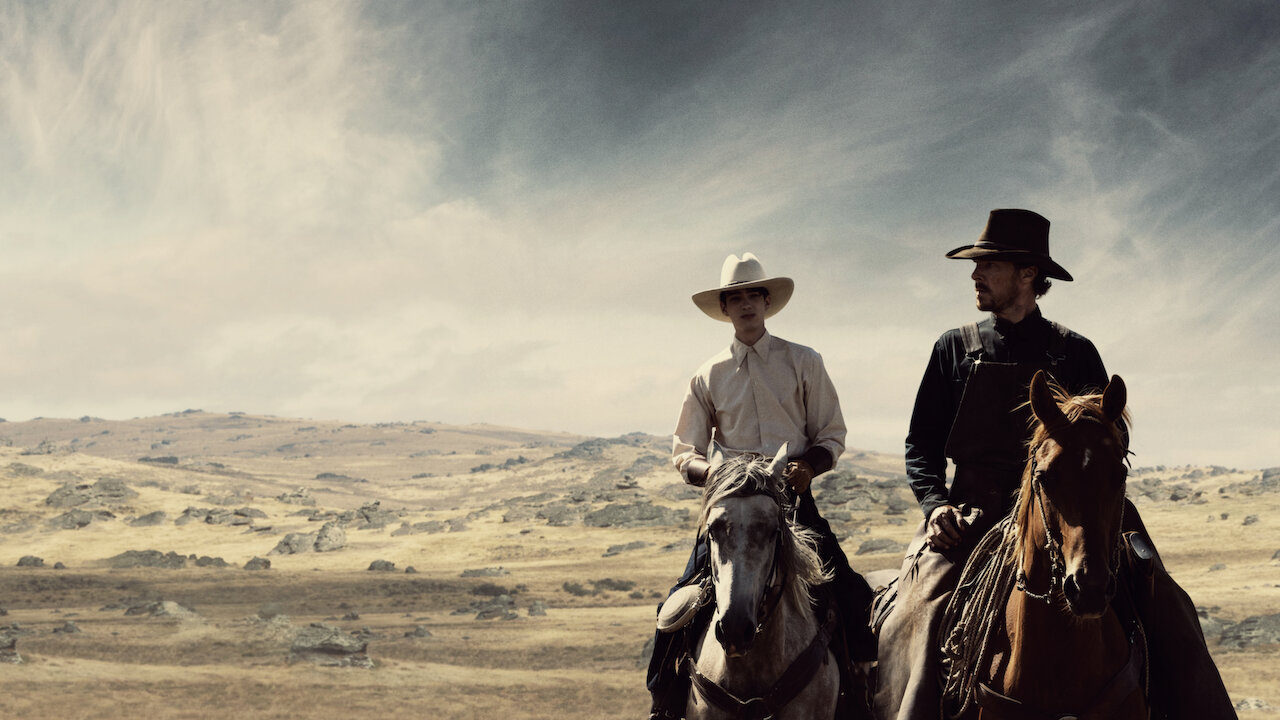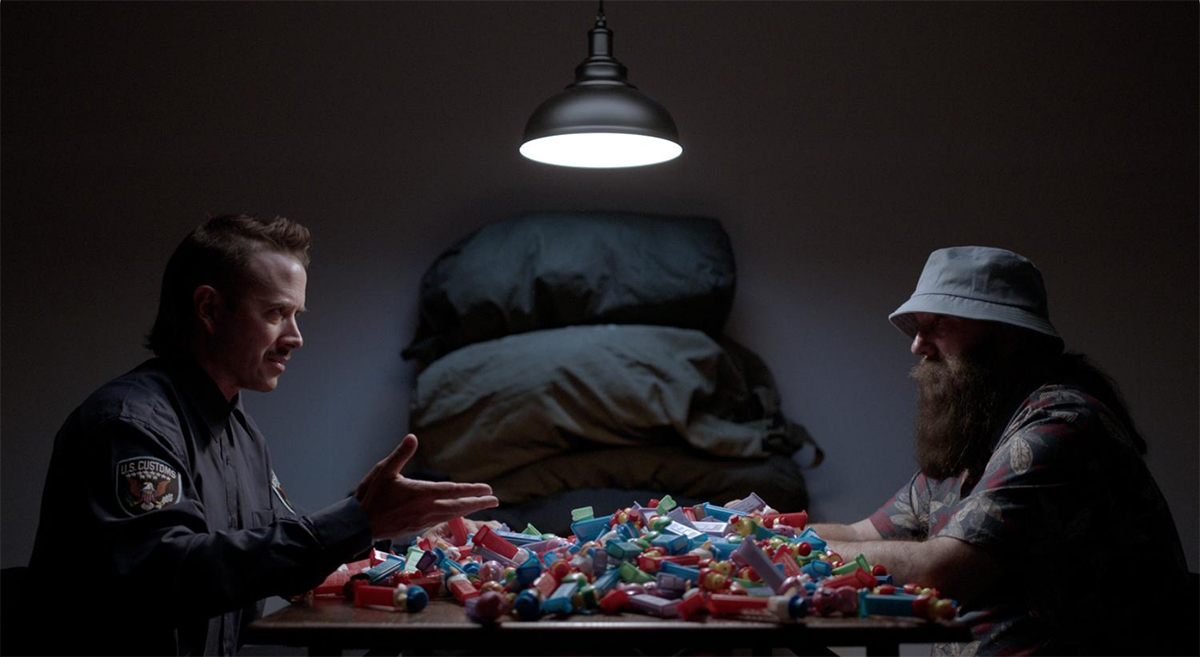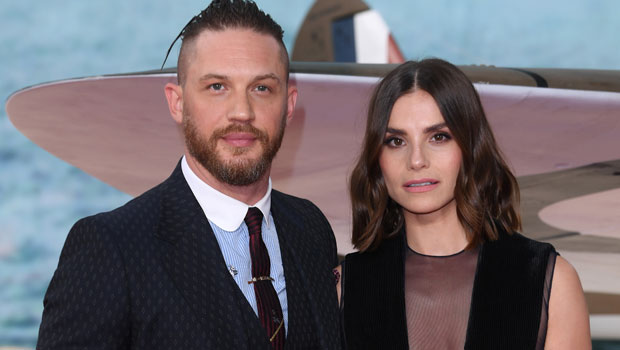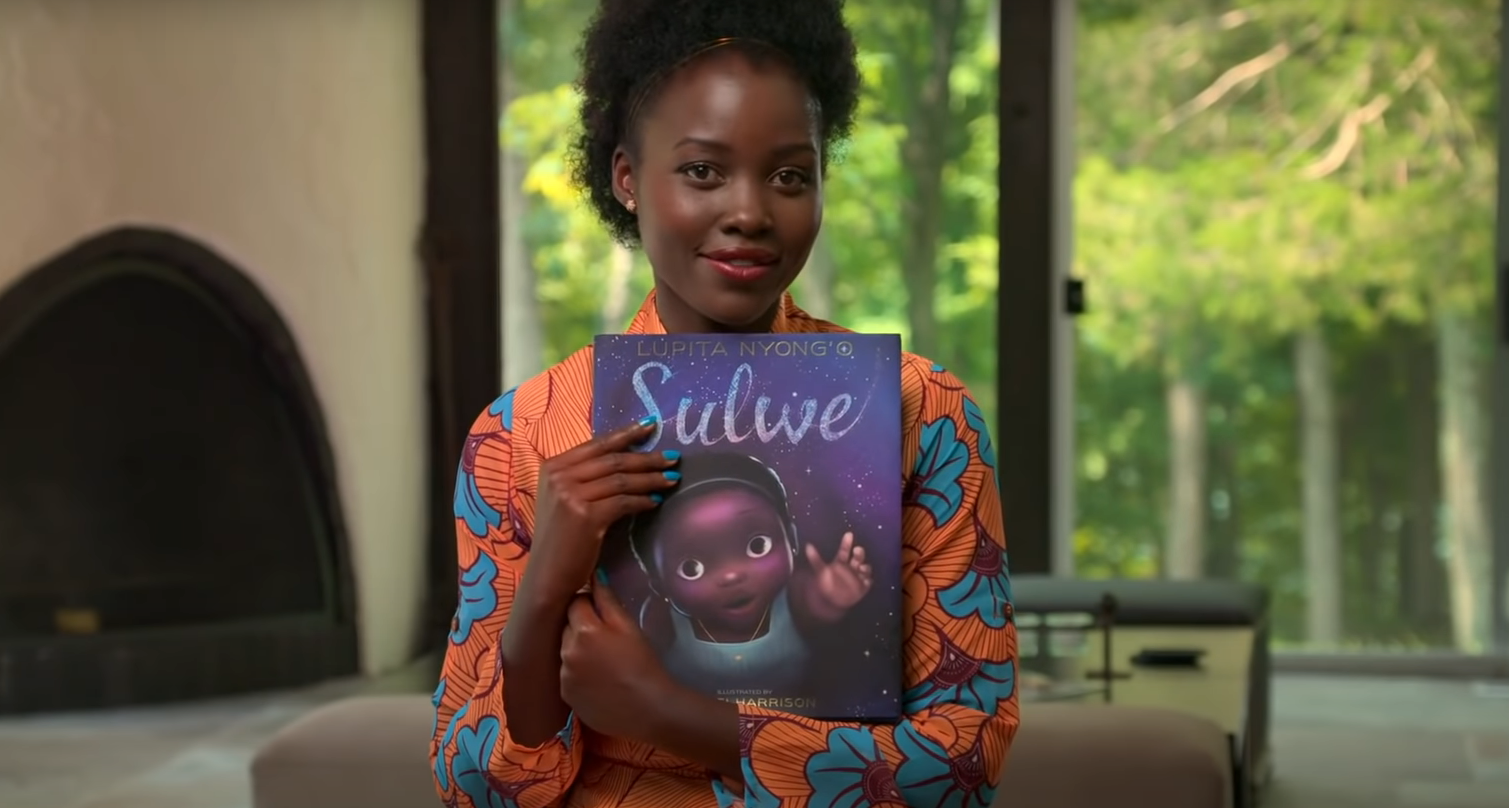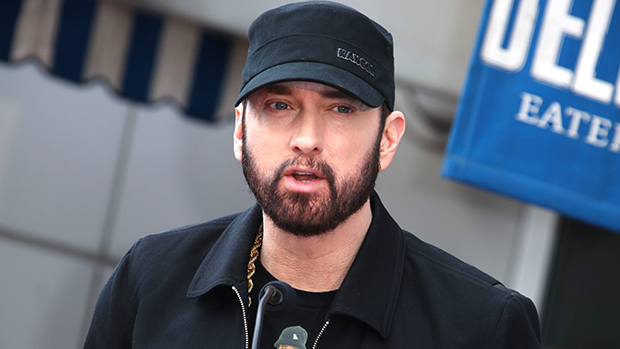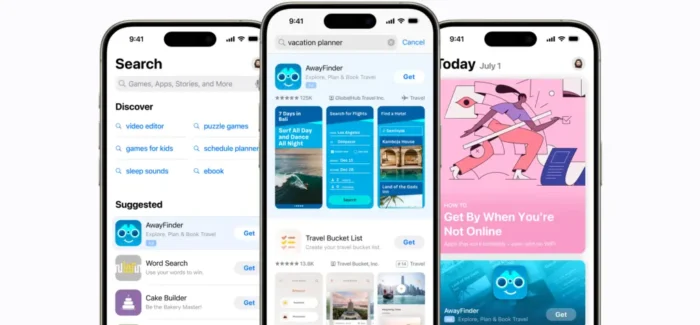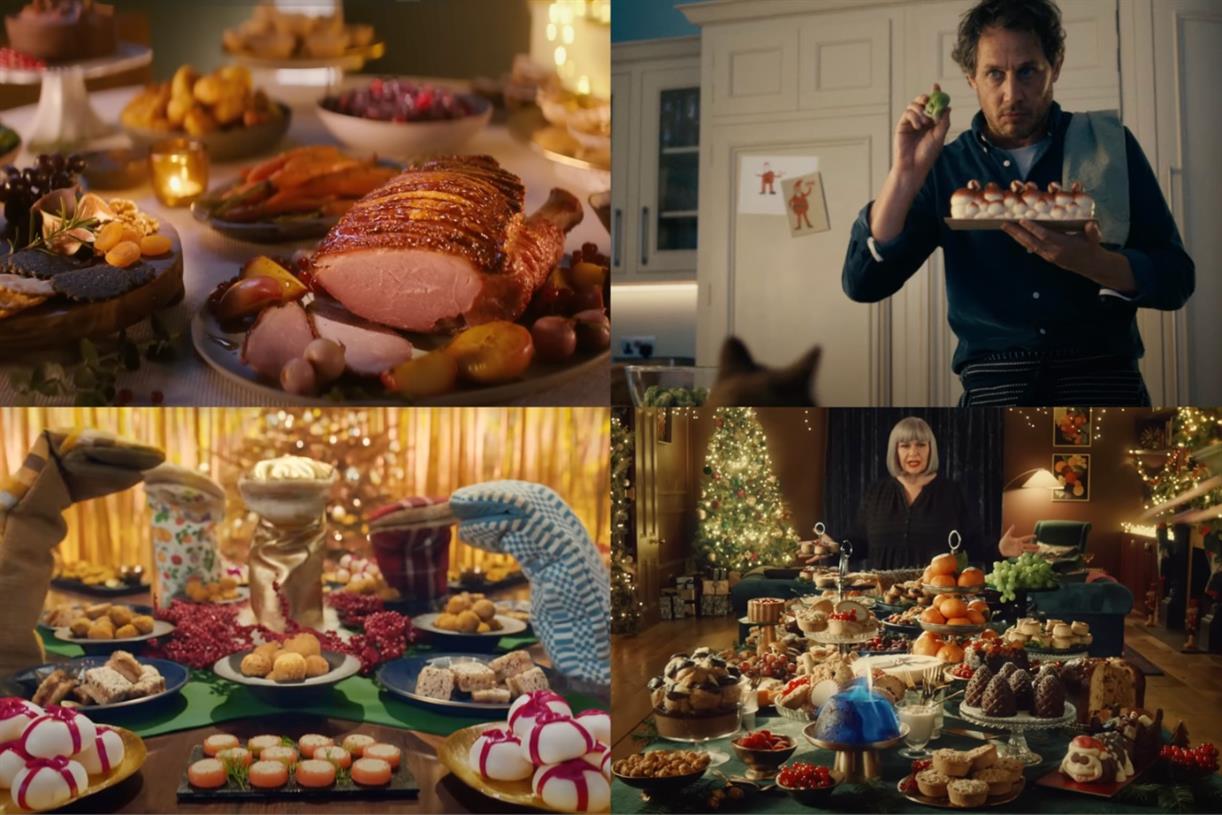Sundance 2021 Women Directors: Meet Kate Tsang – “Marvelous and the Black Hole”
Kate Tsang is an artist, filmmaker, and Emmy-nominated writer. Tsang’s award-winning shorts have been watched by millions online and broadcast nationally on PBS. Her most notable works are “So You’ve Grown Attached” and “Welcome to Doozy.” In addition, Tsang...
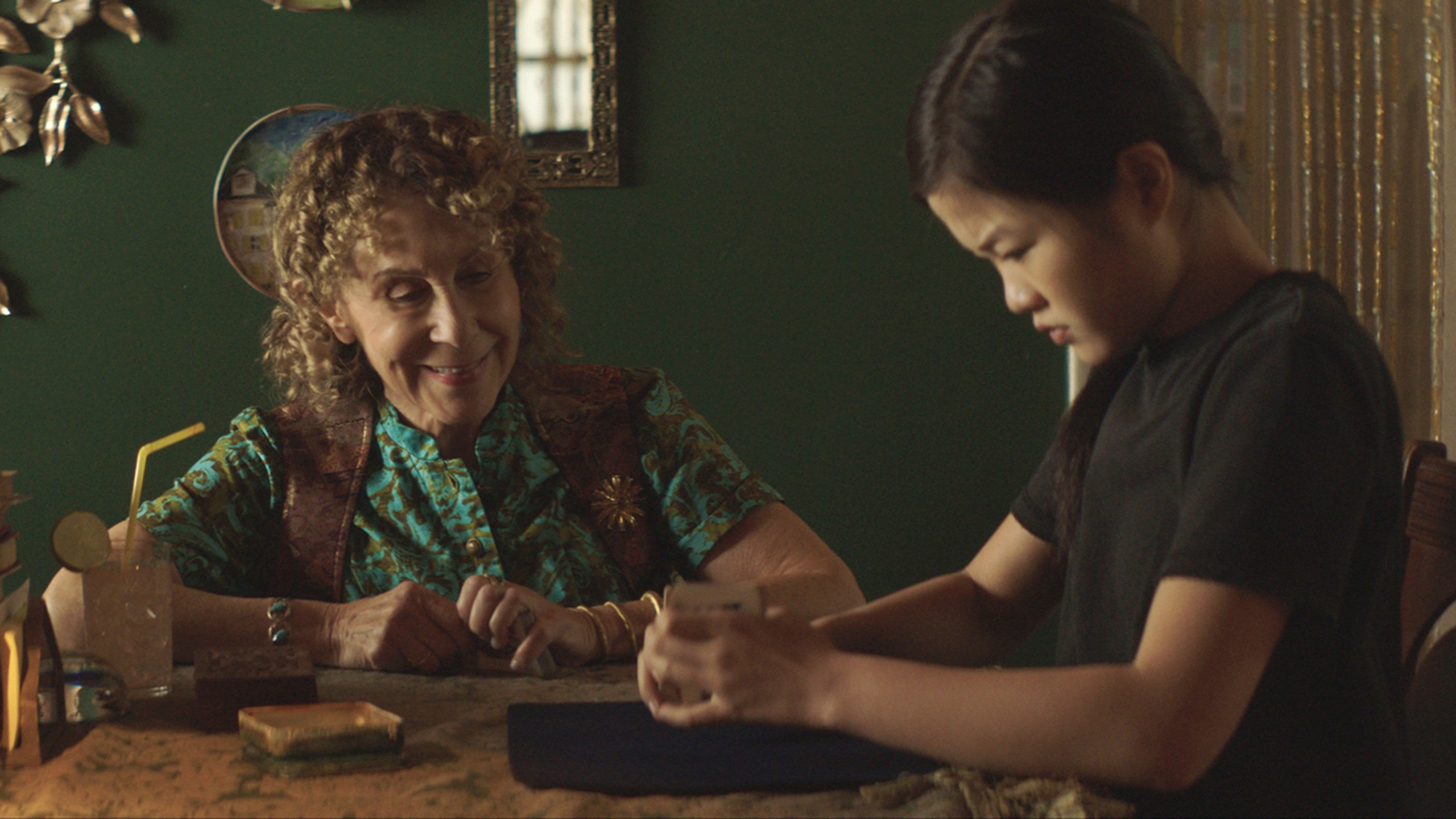
Kate Tsang is an artist, filmmaker, and Emmy-nominated writer. Tsang’s award-winning shorts have been watched by millions online and broadcast nationally on PBS. Her most notable works are “So You’ve Grown Attached” and “Welcome to Doozy.” In addition, Tsang has written on hit shows such as HBO Max’s “Adventure Time: Distant Lands” Cartoon Network’s “Steven Universe Future.” “Marvelous and the Black Hole” is Tsang’s debut feature film.
“Marvelous and the Black Hole” is screening at the 2021 Sundance Film Festival, which is taking place online and in person via Satellite Screens January 28-February 3.
W&H: Describe the film for us in your own words.
KT: “Marvelous and the Black Hole” is a coming-of-age film about a teenage delinquent named Sammy (Miya Cech) who begins an unlikely friendship with a kid’s party magician named Margot (Rhea Perlman). Margot helps Sammy navigate her dysfunctional family life and inner demons with sleight of hand magic.
The story touches on grief and is a joyful celebration of resilience.
W&H: What drew you to this story?
KT: The story is loosely based on my own childhood experiences with depression, feeling isolated, and attempting to find hope within this dark and confusing time.
Much of Margot and Sammy’s relationship was inspired by my relationship with my grandfather, who helped raise me after my parents’ divorce. He saw I was struggling and became the friend and confidante I needed.
When I had insomnia, he would tell stories to help me sleep — stories that I would later realize were his own horrifying experiences with the Japanese occupation of Hong Kong that he transformed into wondrous and cathartic fairy tales.
My grandfather taught me the power of channeling pain into something beautiful and powerful. In “Marvelous and the Black Hole,” Margot imparts the same lesson to young Sammy through the expressive art of sleight of hand magic.
W&H: What do you want people to think about after they watch the film?
KT: One of the themes in the film is about finding outlets to communicate, to connect, and to transform from painful experiences. How do we find the light in the dark?
I hope the audience leaves the film feeling a little better than when they first came in. It would be the highest praise for me if the film made someone feel less alone or gave them some hope during a difficult time.
W&H: What was the biggest challenge in making the film?
KT: The actor originally slated to play Sammy’s father had to step away from the project due to a family emergency the day before our shoot started. It was a crazy 24-hour scramble to find someone talented who could jump right in.
My producer, Carolyn Mao, and I called all of our contacts for help. Our Asian American film community really came through and put us in touch with Leonardo Nam. We’re so lucky Leo was up for the challenge. He jumped right in and delivered a fantastic performance.
W&H: How did you get your film funded? Share some insights into how you got the film made.
KT: Carolyn and I won a million dollars to make this film through Tribeca Film Institute and AT&T’s Untold Stories pitching contest. While entering pitch contests is not a surefire strategy to fund a film, I do recommend applying to numerous labs and grants with your script and not getting discouraged when you get rejections. There’s luck involved, and you can’t predict the tastes of the judges any given year.
The script for “Marvelous and the Black Hole” had been rejected from various labs and grants multiple times, and it was the encouragement of close friends and colleagues that kept me going to keep refining the work. Eventually, the project got accepted as a finalist in the Untold Stories contest and that was the shot we needed to get it made.
W&H: What inspired you to become a filmmaker?
KT: I grew up bouncing between Hong Kong and California and experienced language barriers in both places. I started my life in the U.S. speaking only English. But then I moved to Hong Kong and went to schools where they only spoke Cantonese. Then I settled back in Northern California and had to relearn English because I forgot it all while living in Hong Kong. That’s why I turned to drawing, then later making animations and films — I found it more effective to communicate in pictures than words.
I’m interested in telling fantastical, offbeat stories with heart. Growing up, those were the kinds of films that made an outsider like me feel seen — stuff like “Edward Scissorhands,” “E.T.,” John Waters’ “Hairspray.” They made me laugh and believe the world could still be a wondrous place even though it’s full of terrible things. But these films also never had anyone who looked like me in them — an angry Asian teen. So I made “Marvelous” as an answer to that. It’s the film I wish I had as a kid and still want to see now.
W&H: What’s the best and worst advice you’ve received?
KT: Best advice: Keep going.
Worst advice: A filmmaking teacher picked his favorite film made by someone in the class and told the rest of us to make films more like that.
W&H: What advice do you have for other women directors?
KT: This advice could apply to directors in general. Find your group, the people who get you and what you’re trying to do, and hold on to them. I have a close-knit group of filmmaker friends who I’ve met through school, festivals, and work. We’ve been there through struggles and successes to lift each other up. I couldn’t do what I do without the love and support of these friends.
Don’t define yourself by your work. So much is out of your control when it comes to filmmaking. It can be rough if you’re only basing your worth on work successes. Find outside interests and surround yourself with people who love you independent of filmmaking.
W&H: Name your favorite woman-directed film and why.
KT: It’s hard to name just one, but I have to go with “Clueless” by Amy Heckerling. The visuals, dialogue, casting, music, costumes – it’s all so iconic. Heckerling is a bold and sensitive director who puts so much heart into her characters. I’ve seen “Clueless” at least 30 times, and it still makes me laugh and brings me joy.
It’s a shame that we don’t have more films by Heckerling.
W&H: How are you adjusting to life during the COVID-19 pandemic? Are you keeping creative, and if so, how?
KT: I’ve been fortunate enough to have a career in both live-action filmmaking and animation. The animation industry was able to pivot to working from home during the pandemic, and I’ve been writing on HBO Max’s “Adventure Time: Distant Lands.” It’s been a blessing that I get to write fun cartoons with talented people and be transported to other worlds for a little bit every day.
When I’m too burnt out to work on my own writing projects, I stay creative through painting, sculpting, or practicing sleight of hand magic. I took a couple of magic classes as research for “Marvelous” and ended up liking it so much that I started doing it as a serious hobby.
W&H: The film industry has a long history of underrepresenting people of color onscreen and behind the scenes and reinforcing — and creating — negative stereotypes. What actions do you think need to be taken to make Hollywood and/or the doc world more inclusive?
KT: This is a pretty big question, but I think it boils down to hiring more BIPOC at all levels.
Hire BIPOC creators to write, direct, and run their own shows. Hire BIPOC execs who will champion them and leave them alone so they have the freedom to tell their stories. Take a chance on new talent and give them the time and mentorship needed to succeed.

 Hollif
Hollif 







